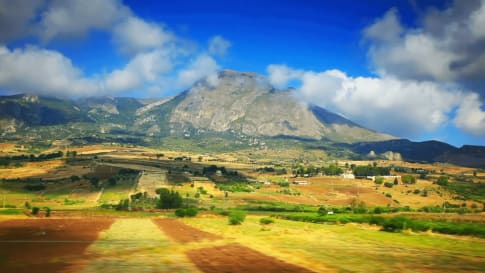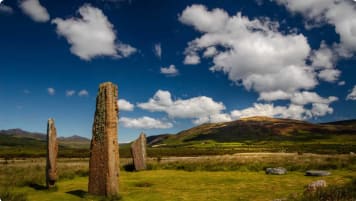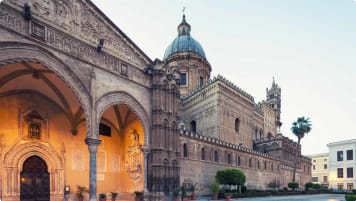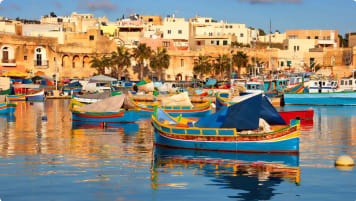Malta; Megalithic temples, ‘fat ladies’, and the Hal Saflieni Hypogeum
Malta; Megalithic temples, ‘fat ladies’, and the Hal Saflieni Hypogeum The tiny islands that comprise Malta, set in the middle of the Mediterranean sea, are home to prehistoric art and architecture out of all proportion…
13 Sep 17 · 5 mins read






